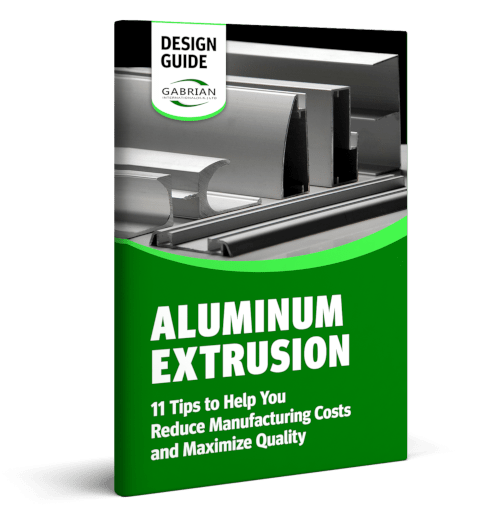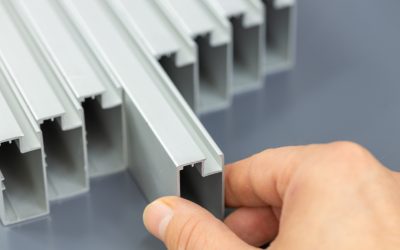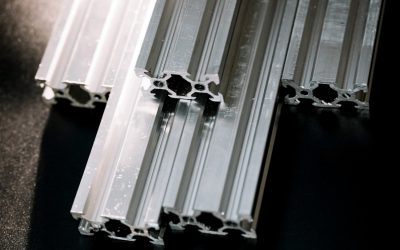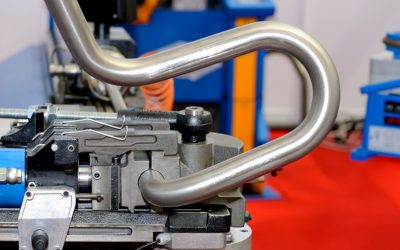Ordering a custom aluminum extrusion can often be the right choice when there is nothing in regular inventory that meets your needs.
Whether you need a specific profile, an unusual alloy, or a particular surface finish, knowing more about how much custom aluminum extrusions cost can help you better predict expenses and manage your project’s budget.
In this article, we cover some of the common factors that impact the cost of custom extrusions so that you can better prepare for how these products will impact your budget.
Table of Contents
#1 Die and Tooling Costs
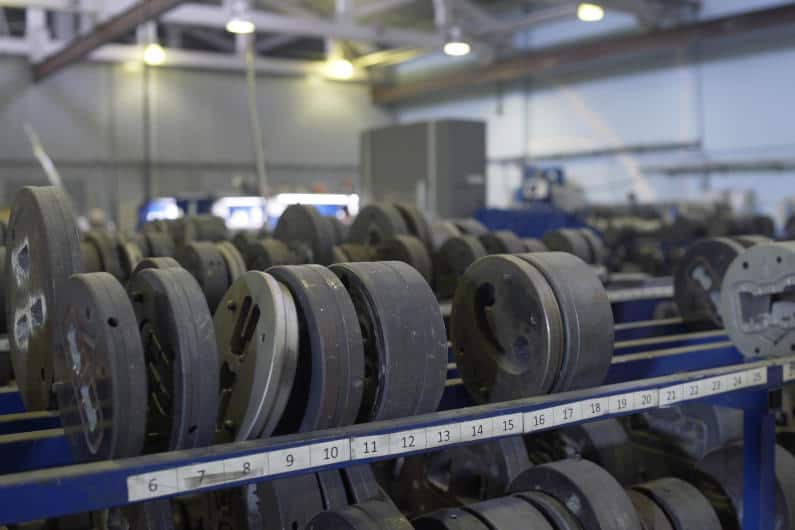
For custom profiles, new dies have to be tailor-made from scratch. For the manufacturers that need to recoup the costs for these special dies, this means raising the overall price of your order.
Compounding this even more, particularly complex geometries for the new die design will take more time and labor to produce, further increasing the cost to produce and the lead time for the final product.
How Much are Die and Tooling Costs?
Tool costs for extrusion dies that are used in normal architectural and industrial applications can range from $400 to $1,000. Tool costs for large parts to be made on 2,000-4,000 ton presses could be as high as $2,000.
Sometimes our manufacturers refund tool costs if a stipulated amount is purchased within 2 years. Most manufacturers do not charge for replacement tools after their useful life if orders continue.
Normal tool turnaround time is 3-4 weeks and production follows within a week of sample approval.
Which Factors Increase Complexity and Die Cost?
- The Circumscribing Circle Diameter (CCD): This refers to the smallest circle that encloses the entire cross-section of the extrusion. Designs with CCDs between 1 and 10 inches are less expensive than those over 10 inches. Additionally, presses capable of utilizing dies with very large CCDs are rare, limiting the number of manufacturers capable of doing this work and driving up the price further.
- Die Symmetry: Symmetrical extrusion profiles are easier to manufacture, making them more cost-effective to produce than complex profiles. A symmetrical die allows for a uniform flow when the material passes through it, distributing the load evenly and preventing die fractures.
- The Joining Method: Sometimes, if a profile requires a complex die, it makes sense to make two or more simple extrusion profiles with adequate joining mechanisms than to extrude the larger, more complicated profile in one go. Joining methods such as nut tracks, snap fits, interlocking, and T-slots are very common.
For more detail on these and other important design considerations, check out our helpful Aluminum Extrusion Design Guide as well as our article on Aluminum Extrusion Dies.
#2 Current Aluminum Cost
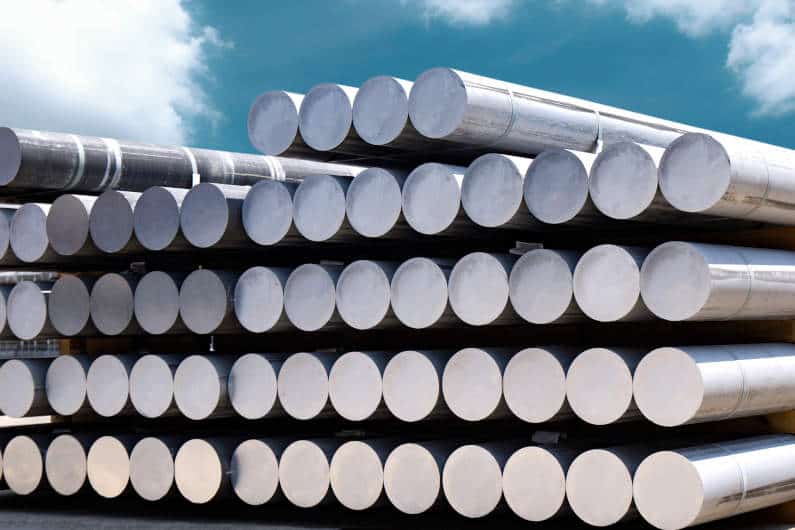
As you might expect, the current cost of the base material used for your product will have a direct impact on the final cost of the order. The price of raw aluminum is affected by many factors, such as global demand, industry trends, and electricity costs. The base price of aluminum can be estimated through exchanges like the LME Aluminum valuation.
Since the cost of aluminum has fluctuated substantially in recent years, sometimes it makes sense to pay for a large amount of metal all at once to lock in a rate, particularly when you have ongoing production needs with a manufacturer.
In these cases, the extruder buys a considerable amount of the metal in advance and uses it for your production needs over time. By doing this, the extrusion costs can be made more predictable for you.
It’s also important to keep in mind that different aluminum grades may have different costs and that a manufacturer likely won’t be stocked up on many of the unusual aluminum alloys that are sometimes requested in custom orders. This can increase the price for obtaining special stock.
How Much Does Aluminum Cost?
The cost of aluminum is the biggest wild card in the whole equation of extrusion cost. It has varied anywhere from $1,500 to $3,500 per metric ton in recent years.
Material costs can be affected by political events in different parts of the world. For example, Ukraine and Russia are key aluminum producers, and the war between them affects prices. Also, China is a big smelter of Aluminium, and recent environmental restrictions impact their operations.
#3 Labor and Production Costs
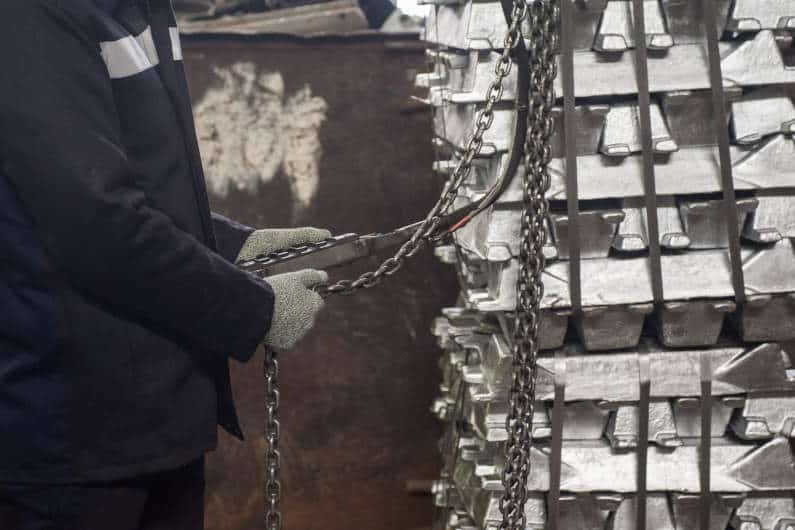
Of the different factors listed in this article, the cost of manufacturing labor is often one of the easiest to predict when evaluating the cost for custom aluminum extrusions. Relatively stable and based on regional conditions and regulations, this information is typically easy to find. While manufacturing abroad can incur an increase in shipping costs, these are typically offset by larger production volumes as we’ll discuss later on.
Additional production expenses that can impact overall costs include operating overhead, equipment purchases, maintenance, utilities, and more. While they may be somewhat harder to determine, they are similarly impacted by the conditions in the region where the manufacturing takes place.
At Gabrian International, most of our aluminum extrusion production takes place in India, which has relatively low labor costs compared to the US or Europe.
#4 Surface Finishing and Secondary Operations
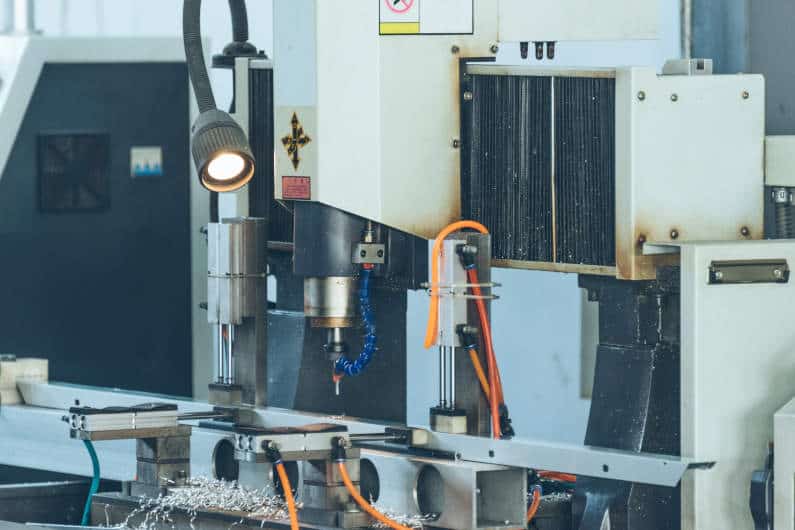
Surface finishing, as well as other secondary operations, can be performed on extrusions after concluding the extrusion procedure. These processes can be done to improve appearance, enhance protection, or to achieve special physical or mechanical characteristics needed for the product’s intended application.
Machining
When it comes to physical alterations, CNC machining can be used to create holes and shapes that cannot be achieved by extrusion alone. Bending extrusions is another common practice for creating physical alterations when a straight profile is not suitable for the intended application.
Temper Treatments
Temper treatments are the most common secondary operations used for changing the mechanical properties of extruded aluminum products. Temper treatments can be used to alter the strength, formability, hardness, and other physical attributes of extrusions. Normally, there is no extra charge for different tempers, though, as long as volumes are high enough.
Surface Finishes
Finally, surface finishes can be applied which affect only the aluminum’s surface. Aluminum extrusions naturally have a very smooth finish after normal processing, so they rarely require sanding, but sandblasting can be used to roughen up the surface if required, especially in preparation for other surface treatments like coatings.
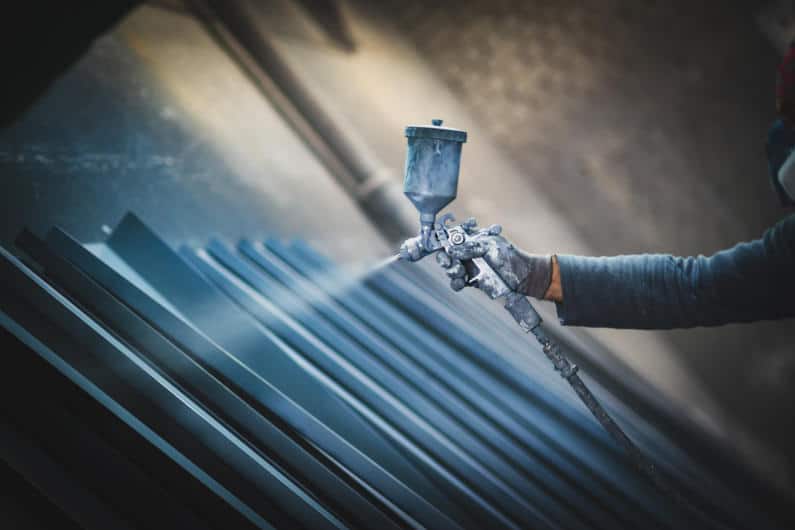
Coatings and other types of surface finishes add a layer of material to the extruded aluminum for protection, improved appearance, or both. For example, powder coatings create a very durable and hard finish in a wide assortment of custom colors. Anodizing, on the other hand, is an electrochemical process that thickens the naturally-occurring oxide layer in aluminum to provide an appealing and corrosion-resistant surface. (Related: Should You Anodize or Powder Coat?)
If you want to learn more about these and other surface-finishing processes for aluminum extrusions, you can read our article on Types of Finishes for Aluminum Extrusions.
While adding any secondary operations to your product order will inevitably increase cost, you can save money by selecting a manufacturer with vertically integrated capabilities. Facilities that combine extrusion, fabrication, and finishing services will minimize the burden of logistical management and reduce the final cost for your order when compared with completing coordinated operations between multiple different vendors.
How Much Does Surface Finishing Cost?
Costs for anodizing and powder coating vary from $1,200 to $1,400 per metric ton depending on the profiles. Alodine finishing is a little less expensive at about $800 per metric ton. There are special finishes such as wood-look finishing that are significantly more expensive and the cost generally depends on surface profiles.
How Much Does Fabrication Cost?
Prices vary based on the complexity and kinds of machines required. Simple drilling operations can be in the range of $200-$300 per metric ton. For more complex operations, there will be tooling costs involved as well as machining time.
#5 Production Volumes
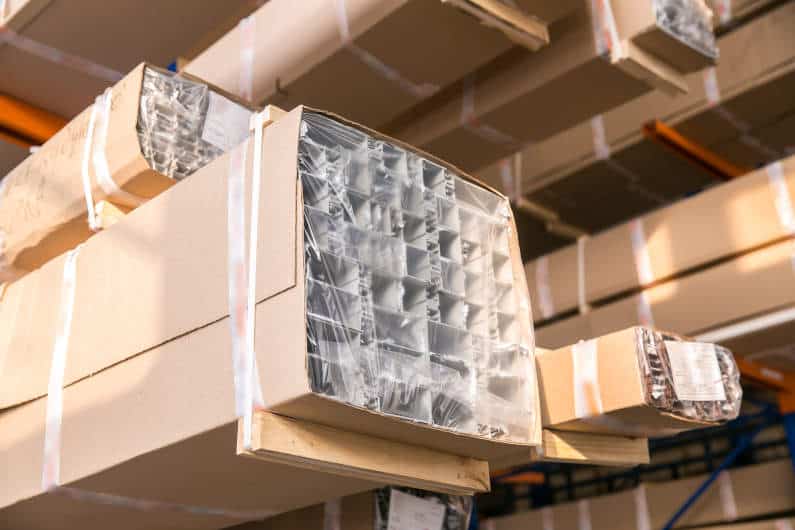
As with many other manufactured items, buying custom aluminum extrusions in bulk can lead to lower costs per unit produced.
This is true in part because, when custom orders are being produced, the basic die and tooling costs will often be very similar between a small and large order. If the manufacturer needs to recoup this expense for a small number of parts, the cost to produce each part is higher and is passed on to the buyer. However, as the production volume increases, the cost-per-unit will go down.
Bonus Factor: Logistics Costs
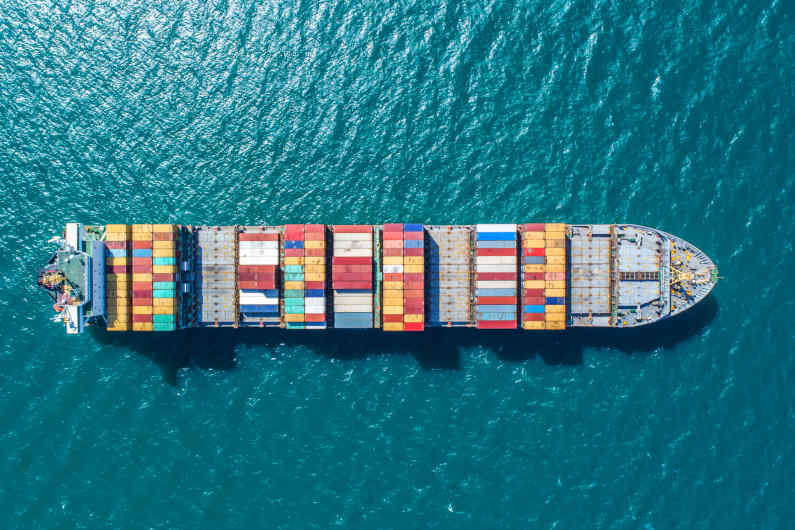
The COVID pandemic has put into perspective how much the low cost of commodities can be impacted by transportation logistics. For example, shipping disruptions have caused major fluctuations in the cost of containers shipped from India since the start of the pandemic. Around the world, the rising costs for containers and shipping ultimately impact the final price tag facing consumers, and these costs can change overnight.
Additionally, local duties and tariffs on imported products, such as the United States’ anti-dumping duty, can raise the cost of bringing products from abroad to your market. These extra fees may be harder to foresee or determine, but looking into whether they could impact your business can help you make adjustments that ensure your project remains profitable.
Despite these concerns, the shorter lead times in Asia compared to North America, as well as the lower production costs, are still worth it for many customers around the world.
How Much Does International Shipping Cost?
The cost of international shipping has varied widely in recent years. Shipping a 40-foot container from Asia to North America has ranged anywhere from $8,000 to as high as $20,000. The costs have been driven by political uncertainty as well as the economic and trade climate. Recently the pandemic has had a significant impact on container availability and the Russia-Ukraine war has added more uncertainty impacting cost and availability.
Optimizing the Cost of Custom Aluminum Extrusions

Ultimately, the total price tag for manufacturing custom aluminum extrusions comes down to a combination of many factors. Some of these factors are predictable, like production volumes and labor costs, while others can be harder to foresee, like shipping costs and the market price of aluminum stock.
Gabrian’s Aluminum Extrusion Guide can help you to optimize the design of your extrusions so you can minimize production costs. If you need additional insights, our aluminum extrusion experts can help you decide the best combination of alloy, surface finish, and temper treatment needed to achieve your project’s goals at a cost you can manage.
Take advantage of our custom aluminum extrusion capabilities for your next manufacturing project to get a rapid turnaround for high-quality extrusions that fit within your budget.

